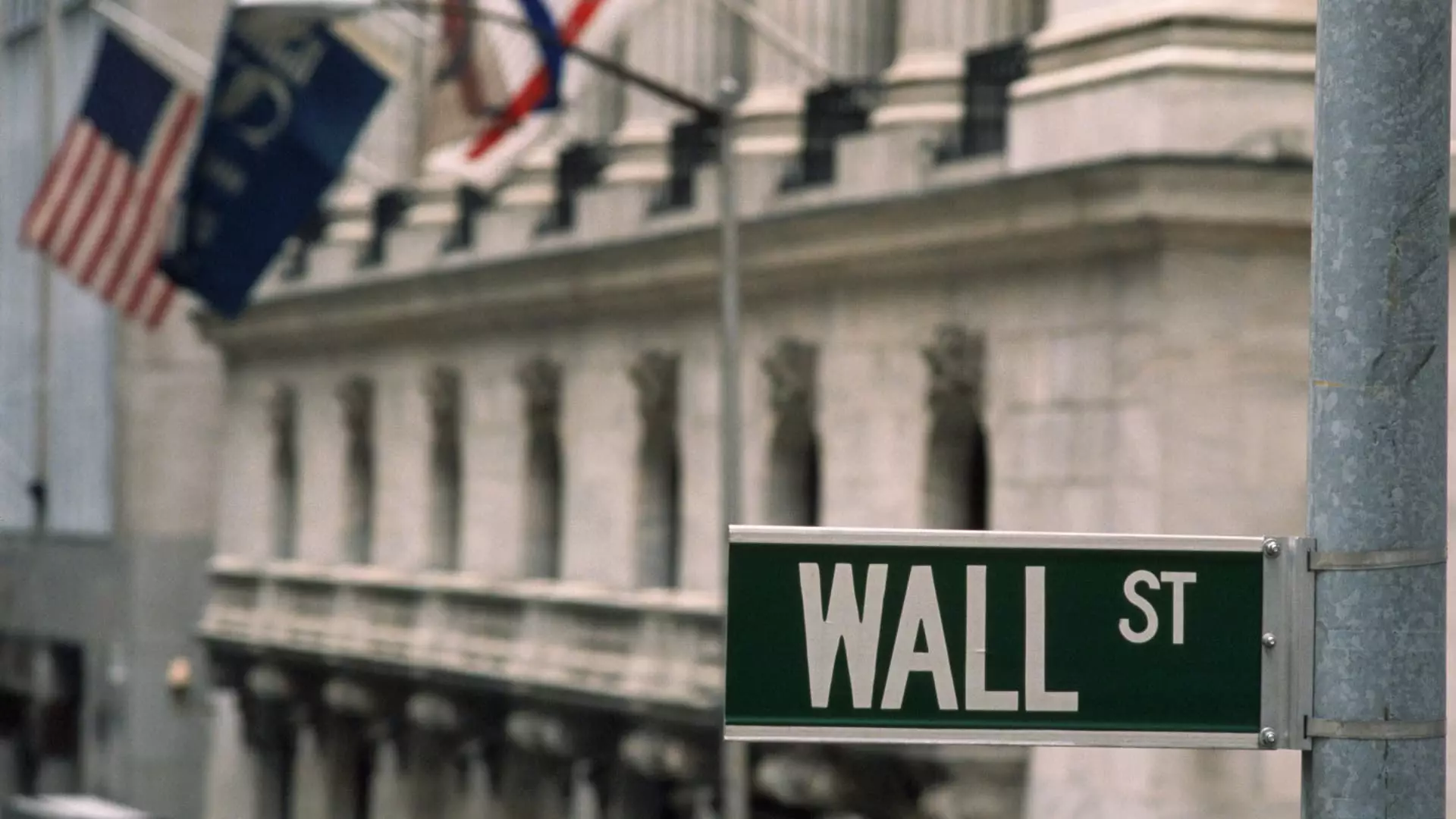In 2025, the initial public offering (IPO) landscape has kicked off with over a dozen new companies entering the trading arena. However, the reception has been lukewarm, reflecting a cautious market environment. The most recent IPO debuted on Thursday, but the optimism surrounding these launches does not yet translate into robust market enthusiasm. Nasdaq’s president, Nelson Griggs, remains optimistic, asserting that the latter half of the year may witness a more vibrant IPO market. His remarks underscore a prevailing belief that while the current activity is modest, it lays the groundwork for a potential revival.
Griggs likens the IPO market to a pendulum, oscillating between periods of heightened private investment and public offerings. The rationale behind this analogy is straightforward: after several successive years where public capital raises have dwindled, a backlog or ‘pipeline’ of potential IPO candidates is inevitable. The challenge, however, lies in navigating the existing market conditions. Despite the optimistic projections, the path for many aspiring public companies is fraught with challenges and complexities that they must overcome to successfully launch.
Challenges in Going Public: The Case of Panera Brands
The case of Panera Brands serves as a cautionary tale. This well-known food and beverage company has encountered numerous hurdles in its quest for an IPO, indicating the intricate nature of public listings. Such roadblocks not only highlight the difficulties faced by established companies but also signal the volatility that can accompany public offerings. In contrast, Twin Peaks, a new entrant in the trading sphere, is a strategic spinoff from Fat Brands, designed to alleviate financial burdens by generating additional revenue streams through public trading.
The competitive pressure in 2025 has also intensified with emerging players in the AI space, such as OpenAI, successfully attracting substantial funds through private investments. This shift indicates a market trend where some companies are choosing to remain private, thereby bypassing the public market altogether in favor of alternative fundraising avenues. Griggs acknowledges this new dynamic, suggesting that the innovation within the private sector may lead to enhanced liquidity options, ultimately affecting companies’ decisions regarding an IPO.
Looking Ahead: The Future of IPOs
Despite the prevailing trend of companies thriving in private markets, Griggs emphasizes that the historical appeal of public markets remains steadfast. While enhanced access to private equity has transformed the landscape, the potential for deep and sustained liquidity provided by going public continues to be a compelling reason for many companies to consider an IPO. This duality suggests that while the private investment environment is evolving, it does not fully eliminate the need for robust public offerings.
Griggs notes that market shifts may indicate a revival of interest in going public after years of stagnation. As companies and investors alike adapt to these changing realities, the future of IPOs in 2025 will likely hinge on a delicate balance between public and private investment opportunities. Stakeholders will need to navigate these complexities carefully to capitalize on the evolving landscape, seeking out pathways that best suit their financial strategies. The enablement of innovation in fundraising may very well set the stage for a revitalized IPO market as the year progresses.

